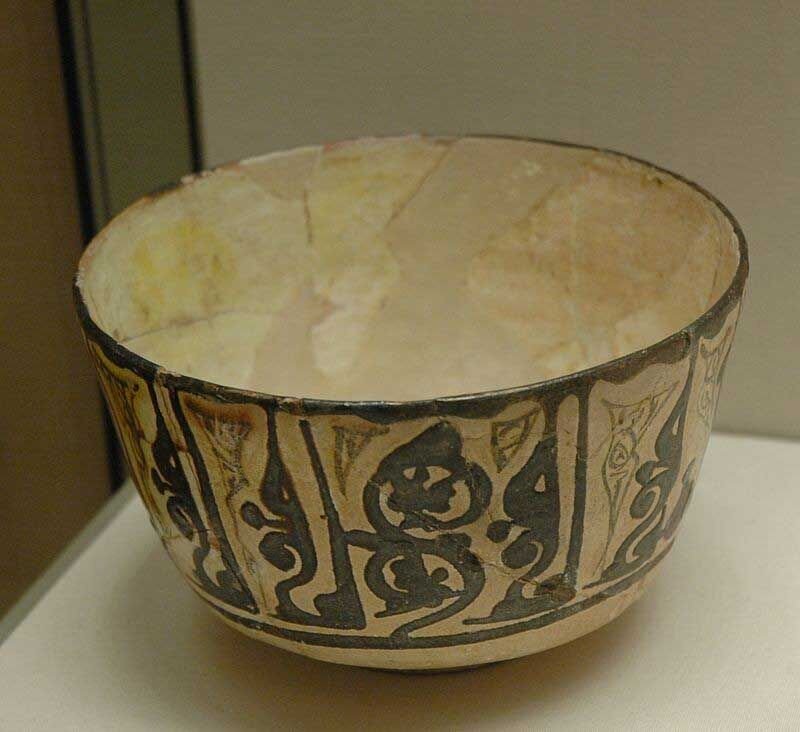Centuries-old glazed pottery recovered by police

TEHRAN - Police forces in charge of protecting cultural heritage have recently recovered a large glazed bowl from the home of a suspect in southwest Iran.
The clay bowl dates from the early Islamic era, a local police commander said on Sunday.
The illegally kept object was found when policemen searched the house of a suspect in Ramhormoz county of Khuzestan province, he said.
The suspect has been surrendered to the judicial system for further investigation and trial, the commander added.
Lying at the head of the Persian Gulf and bordering Iraq on the west, Khuzestan was settled about 6000 BC by a people with affinities to the Sumerians, who came from the Zagros Mountains region. Urban centers appeared there contemporaneous with the first cities in Mesopotamia in the 4th millennium.
Then, Khuzestan came to constitute the heart of the Elamite kingdom, with Susa as its capital. Alexander the Great took Susa shortly after the Battle of Gaugamela in 331, and from 311 to 148, Khuzestan was a satrapy (named Susiana) of the Seleucid empire, with its capital at Seleucia on the Eulaeus River.
The region was passed firmly into Parthian control between 148 and 113 BC and then under Sasanian rule about 226 CE. Moreover, it was a frontier zone between the Roman-Byzantine and the Parthian-Sasanian empires and finally was taken by the Arabs in about 642. The Khuzestan region was part of the Safavid and Qajar dynasties that successively ruled Iran.
AFM
Leave a Comment